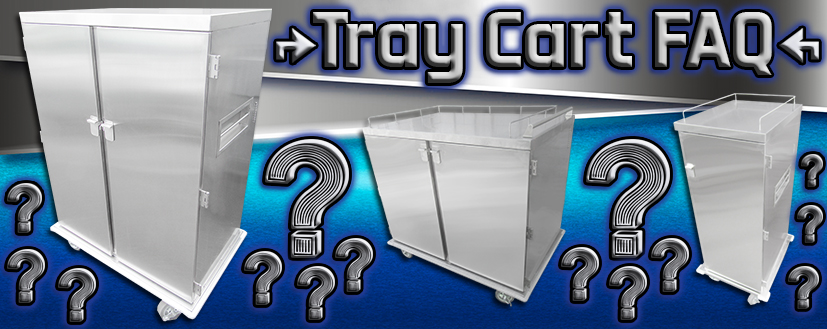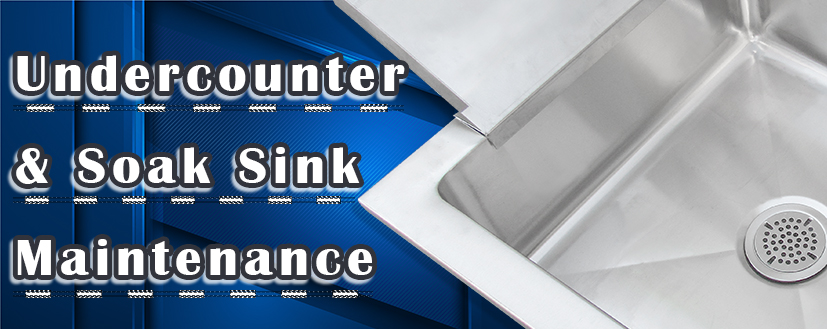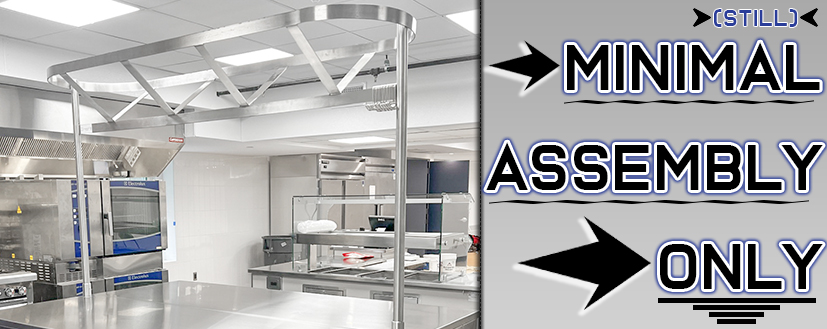The Ultimate Tray Cart FAQ

Tray carts are truly versatile. They can be used to quickly transport food/drinks, hold essential supplies temporarily or bus used trays after meal service is over. Needless to say, they are in constant use, so questions are surely to be asked. We’re here to clear the air.
In this article, we’ll go over 4 of the most frequent questions about tray carts & give you some advice on the best methods of using tray carts overall. Let’s begin.
1. How Many Tray Carts Do I Need?
It’s the age-old question & really can only be answered by asking other questions (apologies!):
- What is your expected volume every day? If you’re involved in a hospital where hundreds or even thousands of patients are present – you’ll need quite a healthy amount of tray carts to cater to everyone in a timely fashion. If you’re running a small eatery with only a couple of tables, you can get away with less tray carts. The decision lies with you.
- What is your intent? If you need to hold supplies temporarily, you may need only a minimum number of tray carts. If you’re bussing trays/dishes/wares, you’ll need more to keep up with the demand.
If you can answer the above two questions accurately, you can easily determine how many tray carts to invest in. If all else fails – It’s always better to have more on hand, provided you have enough space!
2. What Size Trays Can the Tray Slides Hold?
Typically, trays come in either 15” x 20” or 14” x 18”. With that said, tray slides can easily accommodate both sizes. Most tray carts feature a convenient side load operation, allowing (2) trays per slide on 5” spacing. Of course, tray spacing can be customized to fit your needs.
3. Plastic Carts are Cheaper – Why Go With Stainless Steel?
Sure, plastic carts might be cheaper but there are several reasons to consider stainless steel carts instead:
- Plastic carts simply do not stand up to the test of time. More durable stainless steel carts will hold up to even the most constant abuse.
- Stainless steel is naturally hygienic, so cleaning them is easy & worthwhile.
- Stainless steel offers resistance to heat, chemicals, solvents, acids, etc., so they are better for various environments. Plastic cannot contend with this.
4. Any Cleaning/Maintenance Tips?
We have a lot of tips & with tray carts; it’s not just a simple wipe down. Here are some vital tray cart cleaning & maintenance tips to keep in mind:
- The tray slides will need to be completely removed, wiped down, sanitized & inserted back into the tray cart. Tray slide removal is simple & doesn’t require any tools.
- The doors can also be removed easily. This makes cleaning them thoroughly an easy task. Just remember to line up the hinges correctly when attaching them again.
- Leave no stone unturned – clean the rear, bottom, top, sides, etc. With the number of food & drinks in play, tray carts can become soiled more quickly than you might think. Use a chlorine-free detergent & water. Also avoid using wool pads or wire brushes. Opt for soft microfiber towels or plastic scouring pads with non-abrasive cleaners such as baking soda & a hint of vinegar.
- Check the casters! Without properly maintained casters, tray carts would be useless. Make sure they are smooth & balanced for the best performance.
IMC/Teddy manufactures an array of tray carts to accommodate your serving needs. Each one is manufactured from Type 304 stainless steel & made in the USA. Every tray cart is created with 270° swing doors for easy service & washing. Lastly, each tray cart has specific features that make them unique for certain applications. For our full enclosed tray cart lineup, click here.




